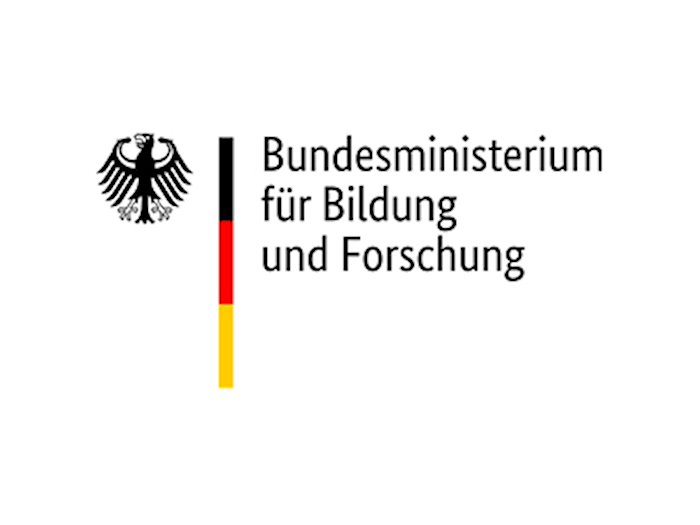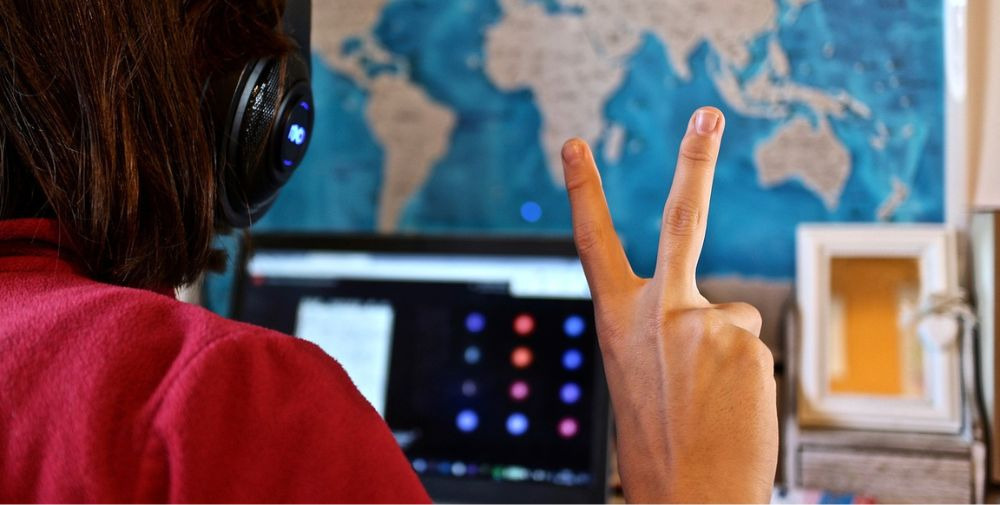
“With the Digital Pact, we are heading for the final spurt at an increased pace,” said Federal Education Minister Bettina Stark-Watzinger. The remaining money must be spent to further support the states, she added. Some 28,000 schools are already benefiting from federal financial support for the states and municipalities. The cross-state projects that are creating the foundation of a new digital education infrastructure and tapping into the enormous potential of AI are also developing well.
Stark-Watzinger also emphasizes her strong commitment to the Digital Pact 2.0, which is intended to provide schools with more targeted and less bureaucratic support for digitization. “In doing so, however, we must learn from our experience with the Digital Pact,” Stark-Watzinger explains. Support from the federal government can only ever supplement the necessary investments by the states.
What is the Digital Pact?
With the Digital Pact for Schools, the education system is to enable participation, maturity and equal opportunities for young people in times of digitization. To this end, the federal government has been providing financial support to the states and municipalities since 2019 to create digital infrastructures in the school system. It is providing five billion euros against this backdrop.
In the wake of the Corona pandemic, the Digital Pact expanded to include three additional agreements worth 1.5 billion euros. These support schools in procuring loan equipment for students and teachers. In addition, staff can be hired to manage digital infrastructures.
Five percent of the digital pact is reserved for cross-state measures. In this way, the federal government supports projects that are beneficial for the digitization of education beyond the borders of the federal states.
How much money from the Digital Pact has already been disbursed?
From all parts of the Digital Pact for Schools, a total of 2.3 billion euros in federal funding has flowed out of the 6.5 billion euros available. 4.7 billion has already been committed. This means that the federal states have approved the school authorities’ projects and the money has therefore been earmarked. An outflow of funds occurs when the school operators submit the corresponding invoices to the states. Only then can the states pay out the sum to the school boards.
Under the basic digital pact, 1.2 billion euros of the available five billion euros flowed out. Funds committed for projects already approved and completed amounted to 4.5 billion euros. This corresponds to 90 percent of the funds.
Can school boards still apply for funding?
Projects for the digitization of schools can still be approved until May 2024. The accounts do not have to be settled until the end of 2025 or, in the case of cross-state projects, until 2026. This means that even school authorities that have not yet submitted funding applications can still launch projects. This depends on the funding guidelines of the individual federal states.
– – –
Further links
👉 www.bmbf.de
Photo: pixbay




